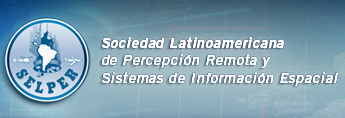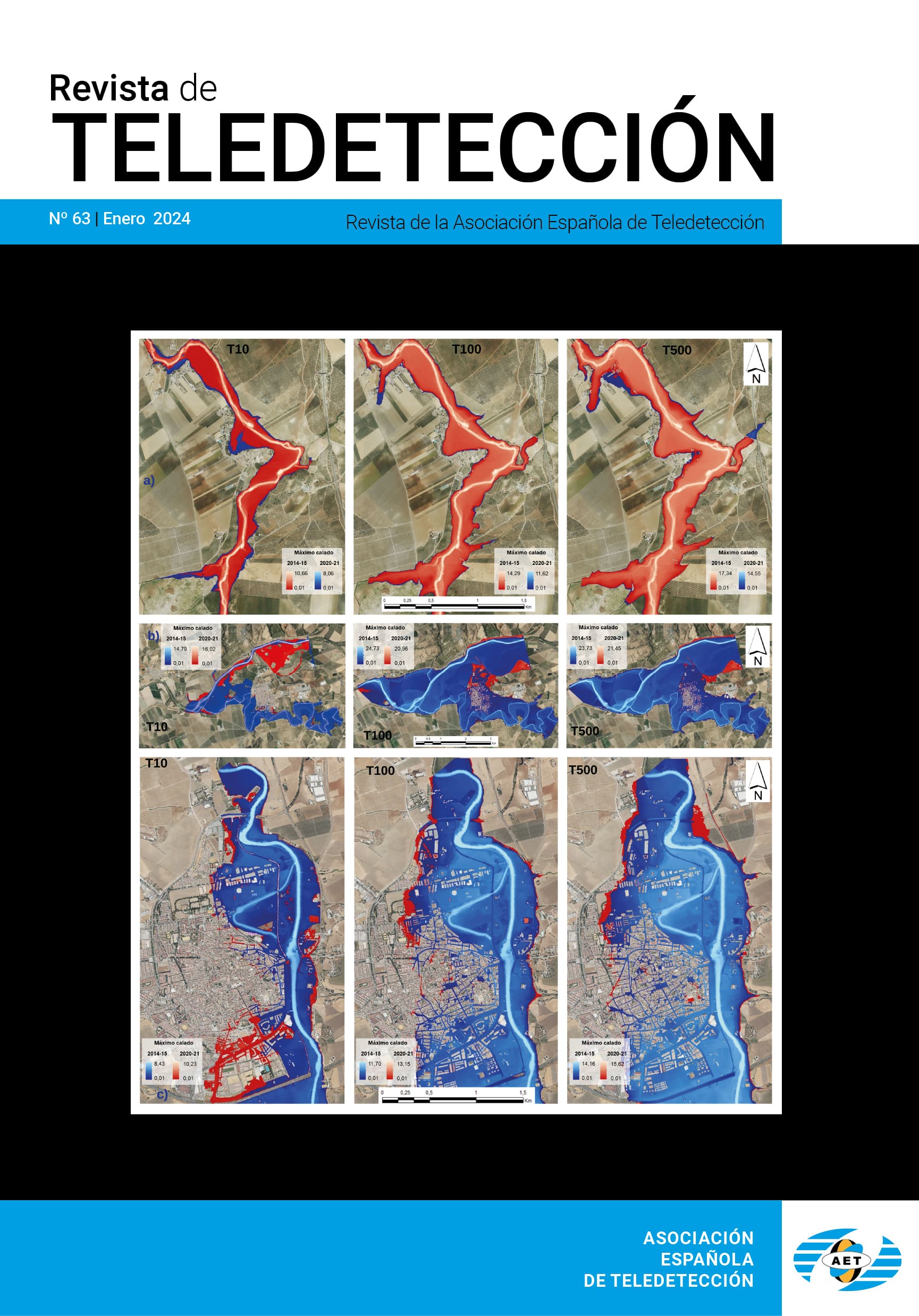Potencial del LiDAR Batimétrico Hawk Eye para la clasificación de hábitats del Estuario del Oka
G. Chust
chust@azti.es
M. Grande
R. Moncho
I. Galparsoro
RESUMEN
En junio de 2008 se efectuó un levantamiento altimétrico del estuario del oka (sureste del golfo de Vizcaya, norte de España) mediante el nuevo LiDAR batimétrico Hawk Eye MK II. Este sensor aerotransportado opera con un láser topográfico para la medición altimétrica del suelo terrestre, y un láser hidrográfico para el suelo sumergido. Este trabajo tiene dos objetivos principales: 1) evaluar la calidad de los datos del sistema Hawk Eye MK II, y 2) evaluar el potencial discriminador de la información LiDAR para clasificar hábitats costeros y submareales, mediante métodos de clasificación supervisada. Este sistema ha permitido generar un modelo de elevación digital que cubre 13 km2 a 2 m de resolución horizontal en el medio terrestre (precisión vertical: 0,15 m) y a 4 m en el submareal, llegando a una profundidad de 21 m (RMSE en fondos sedimentarios: 0,38-0,62 m, RMSE en fondo rocoso: 0,55-1,77 m). Los resultados de fiabilidad muestran que la clasificación del estuario y costa de Urdaibai en 22 hábitats fue bien clasificada (kappa = 0.88), combinando bandas visibles, infrarrojo, y la información altimétrica del LiDAR.
PALABRAS CLAVE: LiDAR, hábitat, clasificación supervisada, batimetría, Urdaibai
ABSTRACT
In June 2008, an altimetric survey of the Oka estuary (SE Bay of Biscay, North Spain) was undertaken using the new bathymetric LiDAR sensor Hawk Eye MK II. This airborne sensor operates with a topographic laser for the altimetric measurement of the terrestrial ground, and a hydrographical laser for the sea bottom detection. This research has two objectives: 1) to assess data quality of the Hawk Eye MK II system, and 2) to assess the discrimination potential of the bathymetric LiDAR sensor for classifying coastal and subtidal habitats, using supervised methods. The system has generated a digital elevation model that covers 13 km2 at 2 m spatial resolution in terrestrial zone (vertical error: 0,15 m) and at 4 m in subtidal, extending a water depth of 21 m (RMSE in soft substrata: 0,38-0,62 m, RMSE in rocky substrata: 0,55-1,77 m). The results obtained for the estuarine and coastal classification in 22 habitats showed high accuracy values (kappa = 0.88), combining visible and infrared bands, and the LiDAR information.
KEYWORDS: LiDAR, habitat, supervised classification, bathymetry, Urdaibai
PULSE AQUI PARA DESCARGAR EL ARTÍCULO COMPLETO








